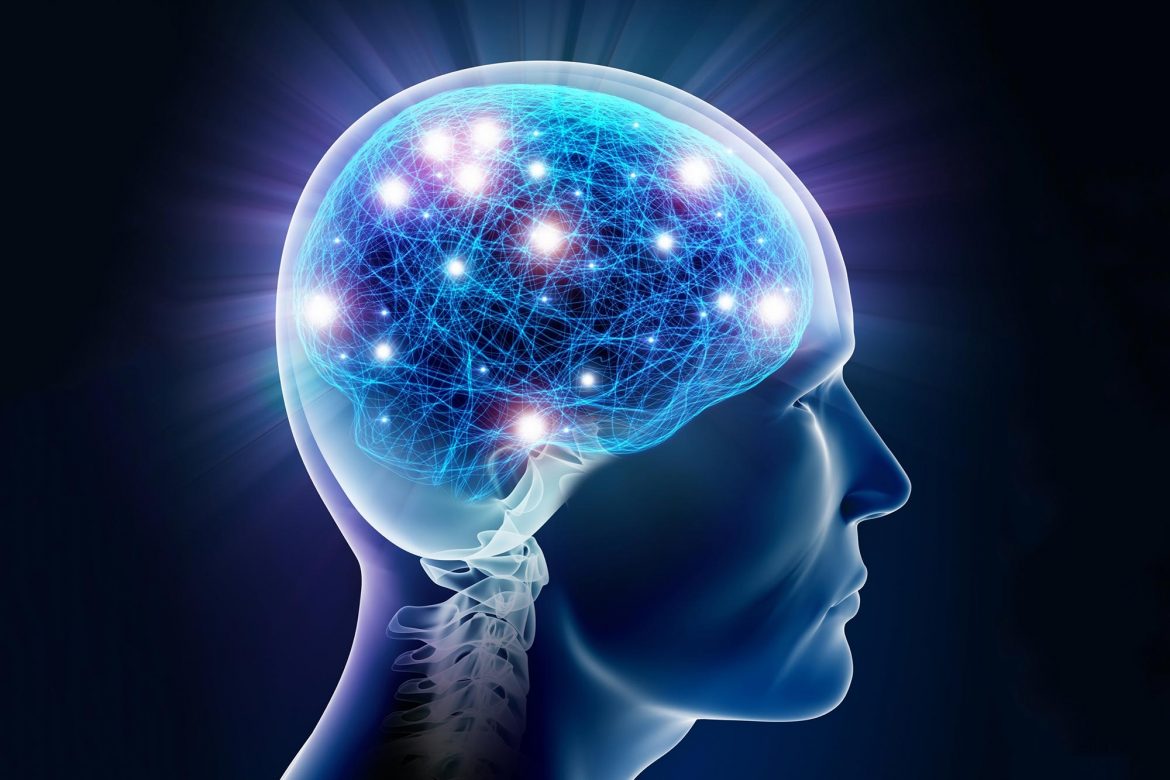Trauma can result in dissociative symptoms such as an out-of-body experience or a sense of emotional numbness, which can be beneficial in the short term but harmful if they continue over an extended length of time.
McLean Hospital, the biggest psychiatric affiliate of Harvard Medical School and a component of Mass General Brigham, has uncovered locations within brain networks that communicate with one another when persons suffer dissociative symptoms. Their findings were published in the journal Neuropsychopharmacology recently.
“Dissociation and severe dissociative disorders like dissociative identity disorder or ‘DID’ remain at best unappreciated and, at worst, routinely go untreated or misdiagnosed,” said co-lead author and head of the Dissociative Disorders and Trauma Research Program Lauren A.M. Lebois, PhD.
“The cost of stigma and misdiagnosis is high: it has stopped people from receiving adequate and effective treatment, has caused extended suffering, and has stifled dissociation research. Furthermore, because DID affects women disproportionately, gender imbalance is a relevant issue in this setting.”
The study included 91 women with and without a history of childhood trauma, present post-traumatic stress disorder, and varied degrees of dissociative symptoms.
Participants underwent a functional magnetic resonance imaging scan so that researchers could learn more about their brain activity.
“The unique approaches we employed to analyse brain connections are crucial for understanding the role these network disruptions play in dissociative disorders,” stated co-senior author Lisa D. Nickerson, PhD, head of McLean Hospital’s Applied Neuroimaging Statistics Lab.
The researchers revealed that particular dissociation symptoms were linked to specific connections in the brain networks that govern cognitive and emotional processes. “We observed that dissociation important to DID and dissociation common to post-traumatic stress disorder are separately connected to unique brain signatures,” Lebois says.
The team is seeking to expand our understanding of the neurological correlates of dissociation in order to clarify historical misunderstandings about dissociation and DID, destigmatize these experiences, and help to lessening gender-related health inequalities.
“We also hope that it will raise awareness of dissociative symptoms,” said co-senior author Milissa Kaufman, MD, PhD, head of the Dissociative Disorders and Trauma Research Program.
According to the study’s authors, the different brain fingerprints of the various dissociative disorders may highlight the need for innovative therapies.
According to co-author Kerry J. Ressler, MD, PhD, chief scientific officer for McLean, future study may focus on dissociation-related brain activity as a solo treatment.





